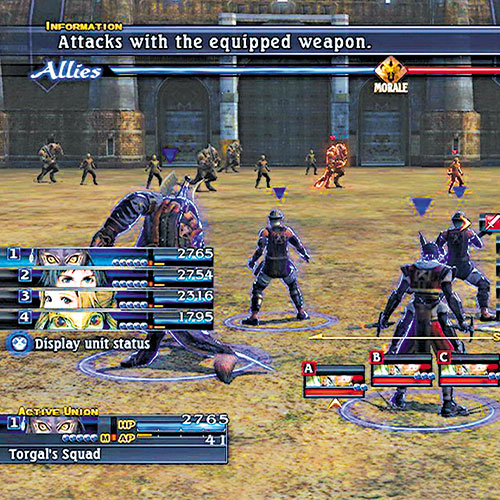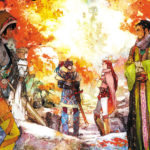The Thrill of Battle

There is a lot I can forgive for a good battle system.
The linearity of Final Fantasy XIII, even its rather joyless plot and cast — all forgiven in the face of Paradigms and the world of strategy they contain.
It’s a motif I’m remembering as I rediscover The Last Remnant, originally released for Xbox 360 in 2008 and enhanced for PC in 2009.
In a feudal world where four races live in relative harmony, Remnants are magical artifacts that control the ebb and flow of daily life. Naturally, somebody has the idea of seizing them all, and so the story treks off in archetypical JRPG fashion.
To be honest, it’s hard to wholeheartedly recommend this game. While the art and world design is beautiful, the game itself is a frustrating mess of poorly designed menus and maps. Area maps don’t even display points of interest outside of cities. The game, in fact, hesitates to even clarify quest objectives. Nobody thought about making anything more intuitive than it had to be.
And yet, I like it — predominantly because of its battle system.
Players assemble armies, divide them into smaller “unions” and send them out for a strategic slugfest. You can’t actually dictate what individual characters do, but you can issue genera commands and select targets. Battle is further complicated by a morale gauge that buffs or debuffs the army, as appropriate, as well as critical hits determined by quick-time events.
There’s a little too much going on most of the time (at a pace that is paradoxically slow), but there are times when the battle hits the challenge sweet spot and suddenly blossoms into something dynamic and tense.
Should you send everyone to attack the strongest enemy on the field, risking ambush (and morale) by lesser minions? Is it worth the risk to assemble a squad of mages instead of maintaining balance? Serving as army general is underrated — and so is this game, in its way.











